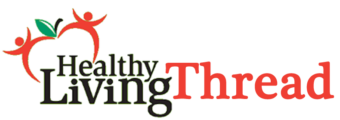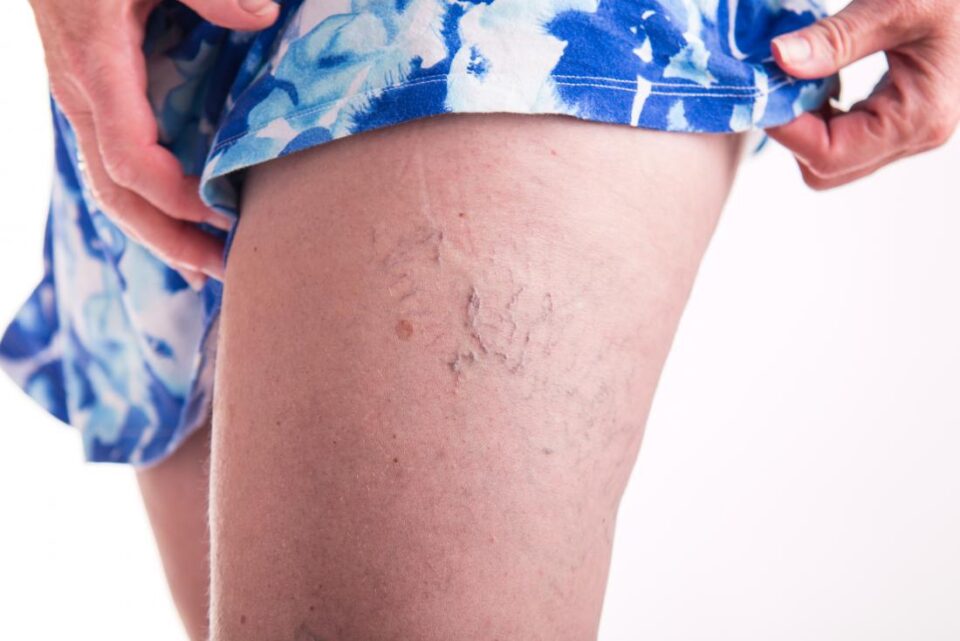Spider veins and varicose veins are often cosmetic concerns with few or no symptoms. Sometimes, however, they can cause debilitating pain and discomfort. They can even result in more serious complications. Hara Misra M.D. provides multiple conservative and surgical treatments to treat varicose veins. But before you sign up for treatment, here is what you should know about varicose veins.
Symptoms of Varicose Veins
Varicose veins are enlarged, twisted superficial veins that often appear in the legs because of pressure exerted by walking and standing. They can appear blue or dark purple and may be bulging and twisted, sometimes resembling twisted cords. Typically, varicose veins don’t cause pain. But when they do, the pain might be accompanied by the following:
- A heavy or achy feeling in the legs
- Skin coloration around the varicose veins
- Itching around the varicose veins
- Pain that worsens when you stand or sit for a long period
- Swelling, muscle cramping, throbbing, and burning in the lower legs
What Causes Varicose Veins?
Varicose veins result from weak or damaged valves in the veins that transport blood from the rest of the body back to the heart. Unlike arteries, which allow blood to flow from the heart to the body, veins work against gravity to deliver deoxygenated blood back to the heart for oxygenation. This process involves muscle contractions, especially in the lower part of the body.
When blood flows through veins, tiny valves open toward the heart and close to prevent gravity from forcing the blood backward. Veins can twist and stretch if these valves get damaged or are too weak. This situation can be brought about by certain risk factors, such as:
- Genetics
- Age: Your valves can get weaker as you get older
- Sea: Female hormones active during menopause, pregnancy, and menstruation tend to relax the walls of veins, making women more likely to develop varicose veins.
- Being overweight or obese exerts too much pressure on your veins, damaging the walls and valves.
- Sitting or standing for too long.
- Pregnancy: Increased blood volume during pregnancy to support the baby’s growth can also enlarge your veins.
How Are Varicose Veins Treated?
When you visit your doctor for varicose vein treatment, they will usually determine the best course of action depending on your medical history, health, age, symptoms, tolerance, and overall expectations. You may not require treatment if you do not have any symptoms. However, if your doctor suspects your varicose veins may worsen without medical intervention, they may recommend the following:
- Thermal ablation
- Compression stockings
- Sclerotherapy
- Microphlebectomy
- Elevation
- Vein stripping or surgery that eliminates varicose veins.
Preventing Varicose Veins
The best way to prevent and treat varicose veins is to improve muscle tone and blood flow in your legs. Here are some measures you can take to find relief or avoid this problem altogether:
- Maintain a healthy weight
- Elevate your legs when lying or sitting down
- Exercise regularly
- Add fiber to your diet and reduce your salt intake
- Avoid wearing tight hosiery and high heels
Even when varicose veins are not painful or uncomfortable, they can be unsightly and make you feel conscious about your appearance. Whatever your reason for seeking varicose treatment, the team at Scottsdale Vascular Clinic is the place to go. Dr. Hara Misra, MD, and the Scottsdale team offer many resources and treatment options for varicose veins. Call the Arizona office today to learn more.

